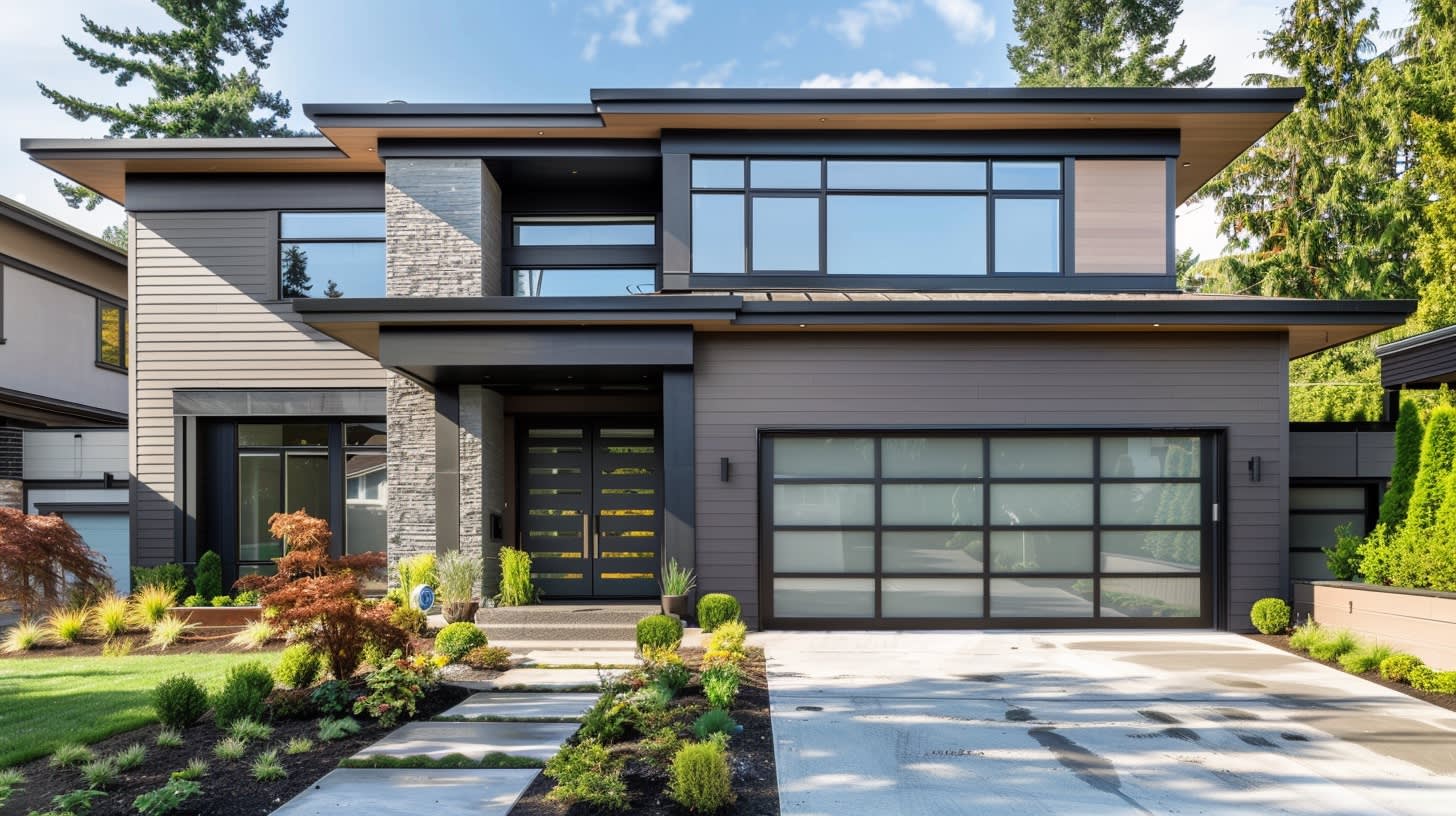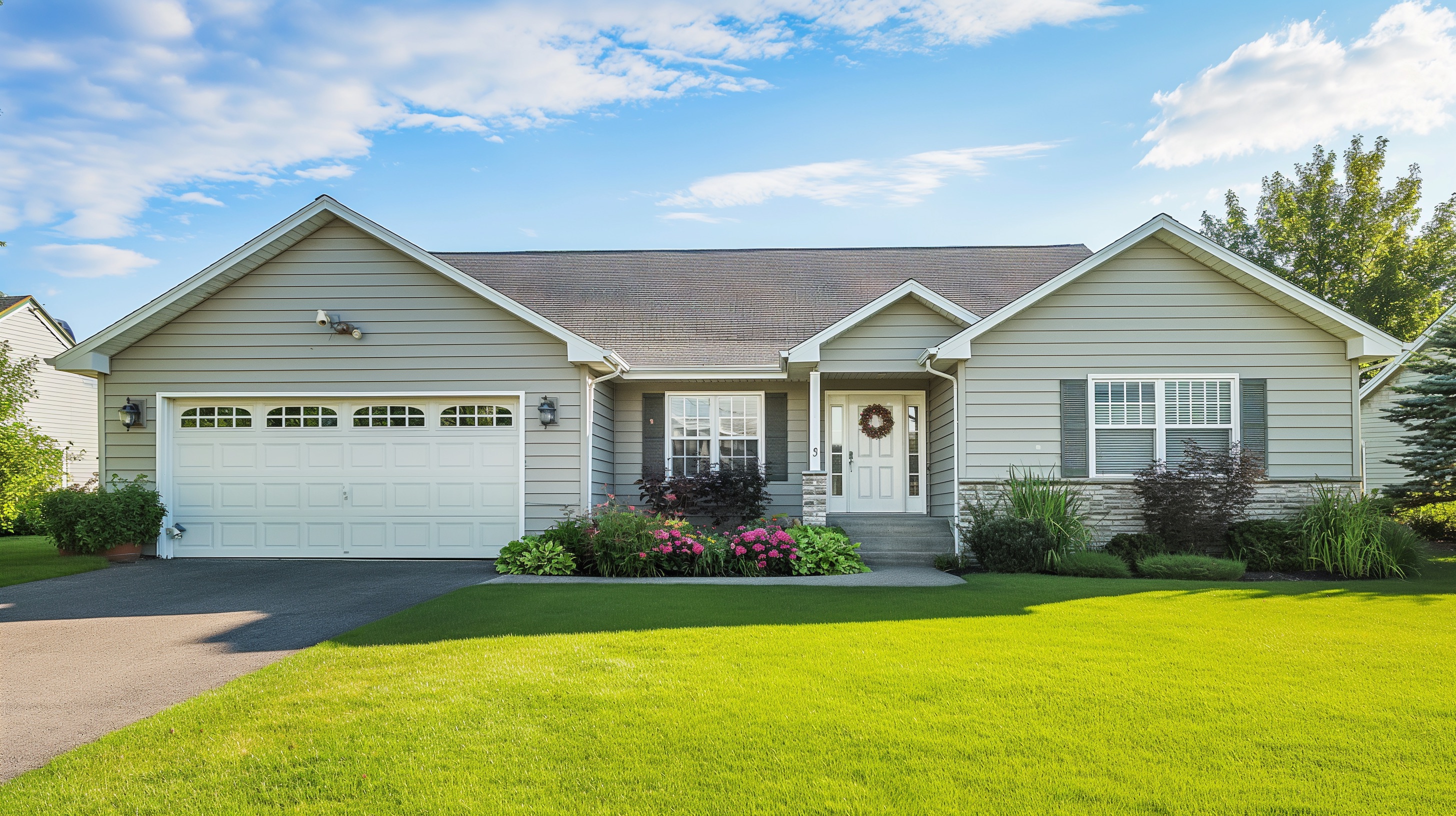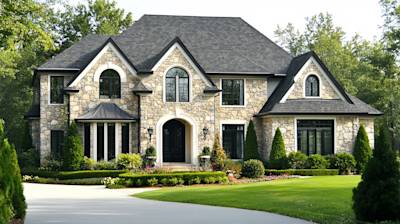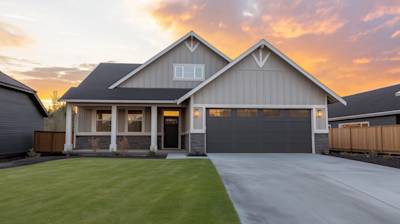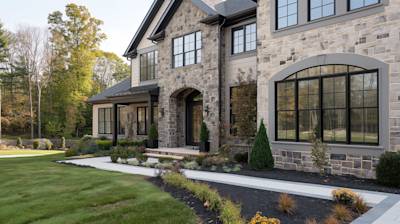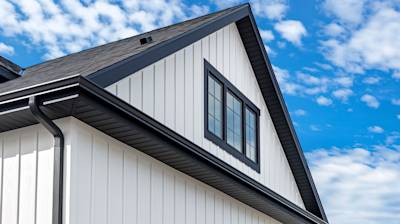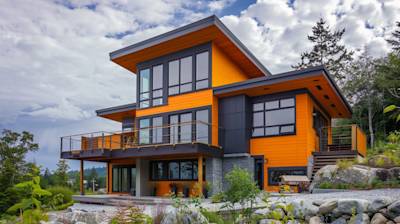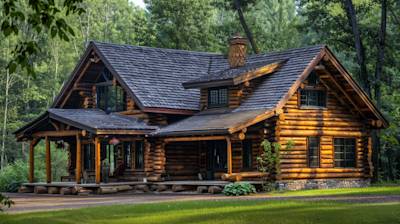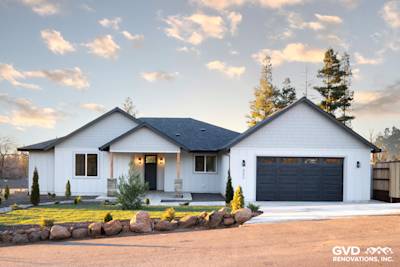If you're in the market for a home renovation project, you've probably come across 'composite siding' as one of the top recommendations from experts. Composite siding is making a name for itself in the world of home improvement thanks to its durability, sustainability, and aesthetic appeal. More homeowners are flipping the script to composite siding for their exterior home solutions, but what really is composite siding and why is it a game-changer in this space?
Understanding Composite Siding
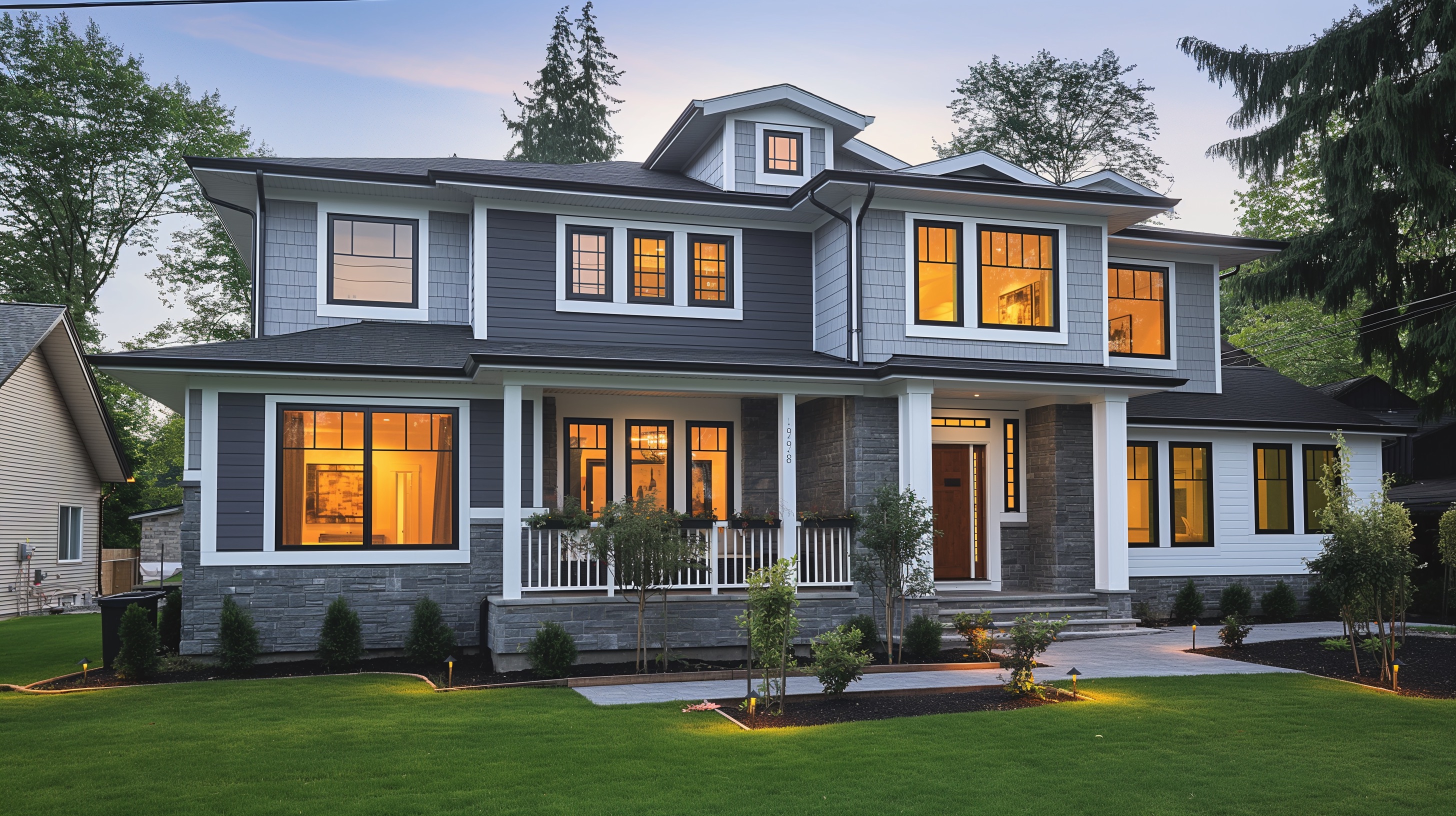
Composite siding is a building material that is commonly used to cover the exterior of a house. It is designed to protect the home from weather extremes and add an aesthetic appeal to the outside appearance of a property. It is called 'composite' because it's made from a mixture of materials, typically including wood, cement, and polymers. This synthesis makes composite siding stronger, more adaptable, and resistant against factors that typically compromise the structural integrity of a home's exterior.
Key Features of Composite Siding
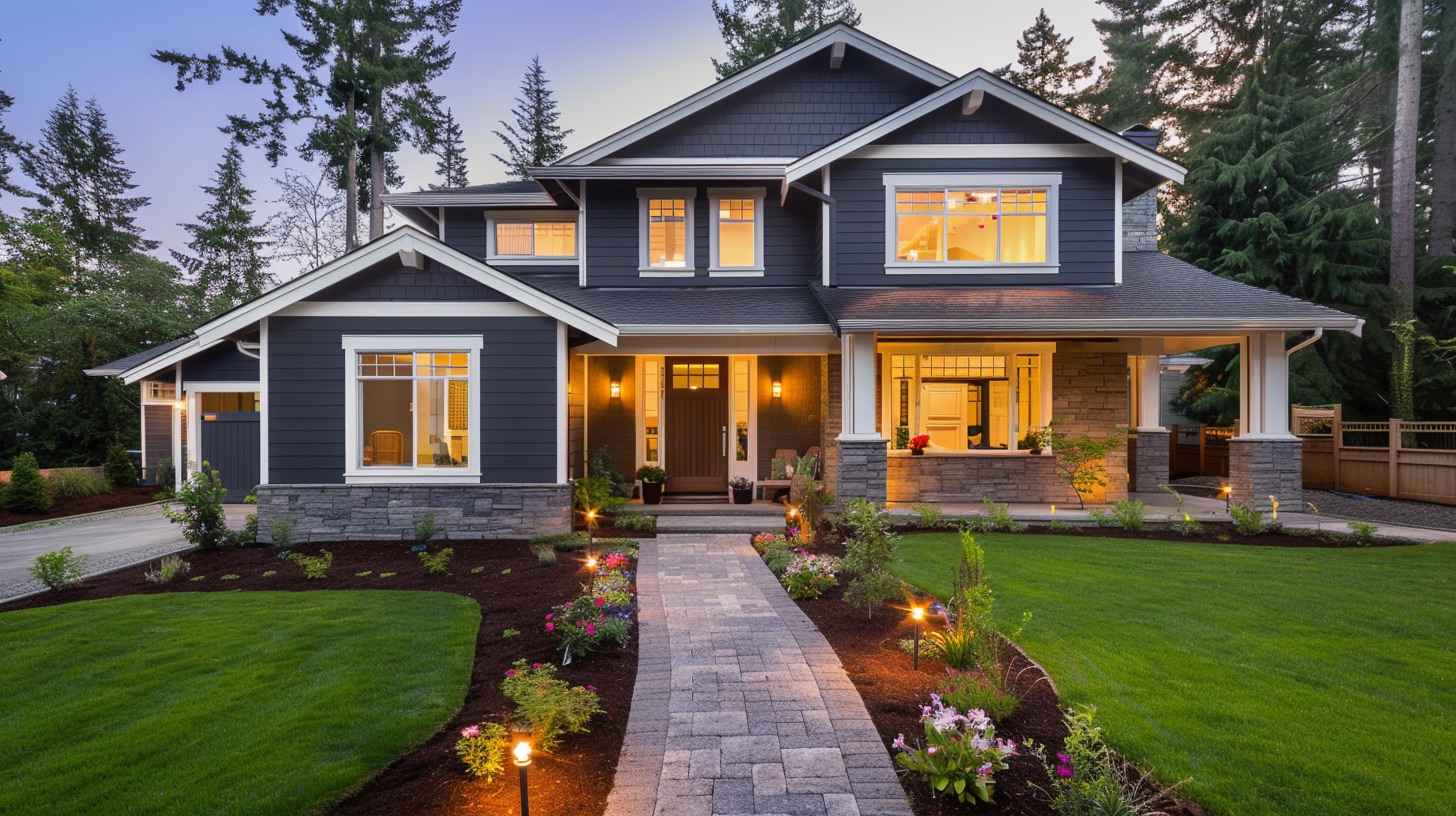
The popularity of composite siding is attributed to its collection of features that set it apart from other siding materials:
-
Durability: Composite siding stands the test of time. It does not rot or warp, and it's resistant to both insects and moisture.
-
Maintenance: This siding material is easy to maintain. It usually only requires a simple power wash once in a while to maintain its original look.
-
Aesthetic Appeal: Composite siding comes in various colors, textures, and designs to match any architectural style desired by a homeowner.
Types of Composite Siding
Not all composite sidings are made equally, and they come in various types based on their composition and manufacturing processes:
Fiber Cement Siding
Fiber cement siding is a form of composite siding made from combining wood fibers with cement. Its robustness and resistance to rot, fire, and termites make it one of the most preferred choices for homeowners.
Engineered Wood Siding
Engineered wood siding combines wood by-products like sawdust, and binders for strength. This type of siding offers the aesthetic appeal of real wood with additional durability and less maintenance.
Cost of Installing Composite Siding
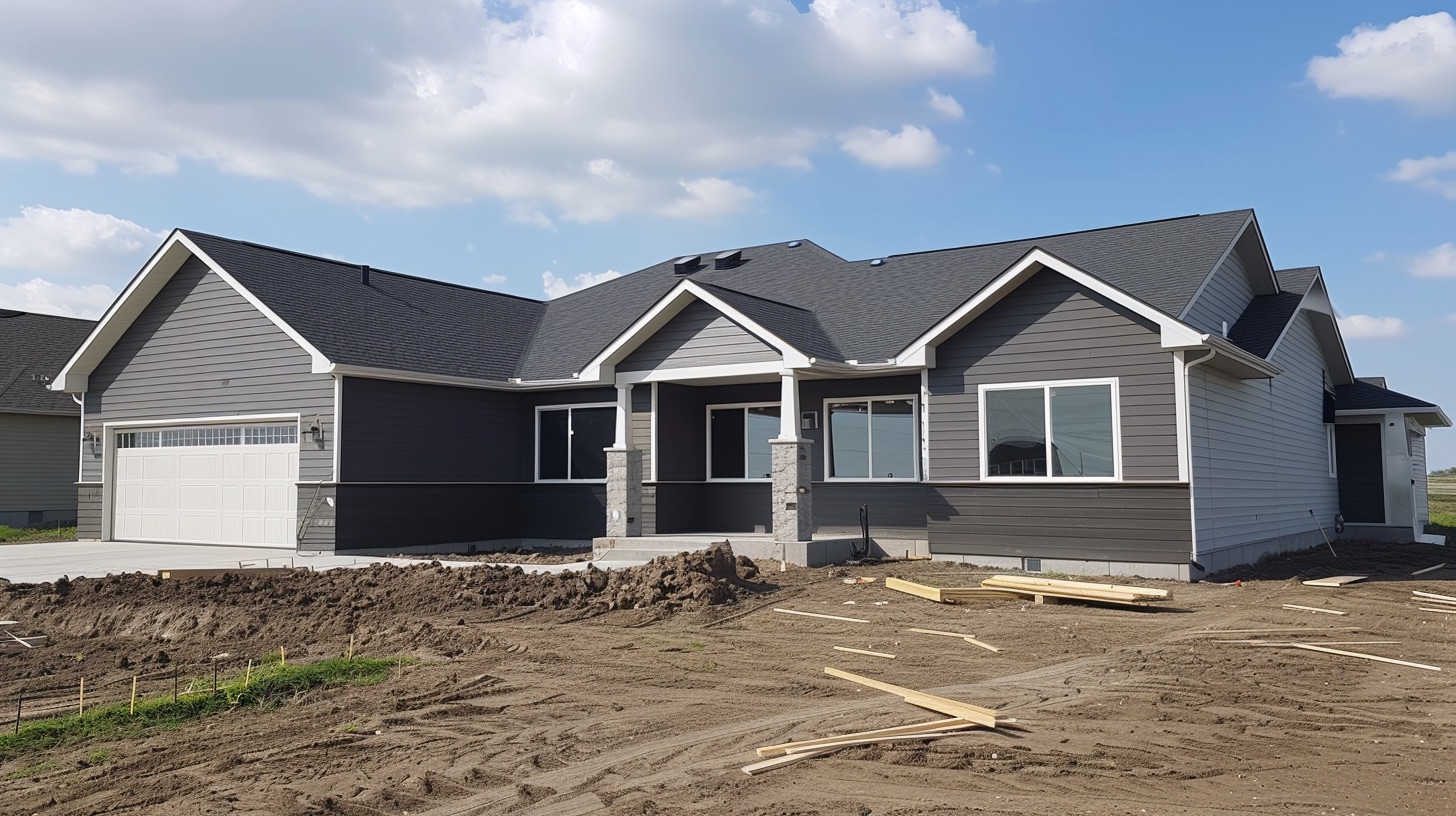
The cost of installing composite siding varies based on the type of composite material, the size of the house, and labor costs in your region. However, homeowners can expect to pay a hefty fee upfront for installing composite siding. Despite the initial cost, its durability, low maintenance, and high lifespan make it a cost-effective solution in the long run.
Installation and Maintenance of Composite Siding
The installation and maintenance of composite siding play a huge role in its performance and lifespan. Properly installed composite siding by a professional takes into account factors such as proper alignment, sealing, and the use of appropriate fasteners. As for maintenance, regular cleaning to remove dirt and inspecting for minor damages typically suffices.
Composite siding is an excellent choice for homeowners who value durability, sustainability, and curb appeal in their home exteriors. While it may require a significant initial investment, the benefits it offers in terms of lifespan and low maintenance make it a worthy consideration for anyone looking to revamp their homes.
Frequently Asked Questions about Composite Siding
How is composite siding different from conventional siding?
Composite siding, unlike traditional wood or vinyl siding, is a blend of various materials. The mixture might include wood, Bondo, and various resin materials, leading to an end product that combines the best traits of each component. This makes composite siding more durable, more weather-resistant, and more aesthetically pleasing than many other types of siding.
What types of composite siding are available in the market?
There are several types of composite siding options available. Engineered wood siding, fiber cement siding, and composite clapboard are the three main types. Each type has its unique benefits, like engineered wood is known for its natural appearance, while fiber cement siding is highly durable and resistant to fire and termites, and composite clapboard offers a traditional appeal with modern sturdiness.
How durable is composite siding?
Composite siding boasts impressive durability. Thanks to the blend of materials used, it holds up well against harsh weather conditions, resists fading and chipping, and is highly resistant to insects and fire. When properly maintained, composite siding can last several decades, making it a great long-term investment for homeowners.
Is composite siding maintenance-intensive?
Composite siding is relatively low-maintenance compared to traditional wood siding. It doesn't require frequent repainting or resealing. Instead, periodic cleaning - usually once or twice a year - is all it takes to keep composite siding looking fresh and new. And, if you have painted composite siding, you might need to repaint it every 5 to 10 years to maintain its appearance.
How is composite siding installed?
Composite siding installation should be done by a professional to ensure a proper fit and finish. The exact process can vary depending on the type of composite siding, but generally, it involves preparing the exterior wall, installing a water-resistant barrier, adding a support structure, and finally, attaching the siding. Nails or screws are typically used to secure the panels in place.
Is composite siding eco-friendly?
Yes, most types of composite siding are considered eco-friendly. They are usually made from a combination of recycled materials, wood fibers, and sustainable compounds. In addition to this, long lifespan and lower maintenance needs contribute to its lower overall environmental impact. While manufacturing processes do differ, so it's worth checking the specifics from your chosen supplier or manufacturer.
Can composite siding stand up to temperature changes?
Absolutely, composite siding is designed to handle a broad range of temperature variations. Whether you live in a desert climate with scorching hot summers or an area with cold, frosty winters, you can depend on composite siding. It resists thermal expansion and contraction, meaning it won't warp or bend in fluctuating temperatures.
What are the color options in composite siding?
Composite siding typically offers a wide range of color options. From more traditional hues like browns and greys to bold reds and blues, you're sure to find a shade that complements the aesthetic of your home. Additionally, the color of composite siding tends to last longer, meaning your siding will continue looking brilliant for years to come.
Do companies offer warranty for composite siding?
Yes, most companies offer a warranty for their composite siding products. The specifics may vary, but in many cases, you can expect a 20- to 30-year warranty against such issues as rot, fading, and chipping. Some manufacturers may also offer a separate warranty for the finish. Always make sure to ask about the warranty before purchase.
What is the cost factor of composite siding?
While composite siding tends to be more expensive upfront than vinyl or wood, it often proves to be a good investment in the long run. The superior durability and low maintenance needs mean you'll save on repairs, replacements, and upkeep over the years. Plus, many homeowners find that composite siding adds to the overall value of their home.
Pros and Cons of Composite Siding
Pros of Composite Siding
Durability
Composite siding offers a great deal of durability. It is designed to endure severe weather conditions and external pressures. The durability directly translates into fewer repair and replacement requirements in the long run.
-
Resistance to elements: Composite siding offers superior protection against rain, hail, wind, and other external weather conditions.
-
Resistance to insects: Unlike wood, which is susceptible to insect infestations, composite material poses no appeal to insects.
-
Non-flammability: Composite siding is less combustible, providing greater fire resistance than wood.
-
Lower Maintenance: The remarkable durability of composite siding significantly reduces the maintenance frequency.
Stylistic Versatility
Composite siding comes in a wide array of styles, colors, and textures, enabling homeowners to achieve the desired aesthetic effect.
-
Variety of finishes: It can easily mimic the look of wood, stucco, or masonry, providing multiple design possibilities.
-
Color retention: Composite siding tends to hold color longer than other materials. Thus, homeowners can preserve the vibrant look longer.
Cons of Composite Siding
Installation Costs
In the initial phase, the cost of composite siding can pose a significant concern. The material and installation charges may slightly surpass those of traditional wooden sidings.
-
Premium product cost: Composite siding is a relatively high-end product, which inherently increases its cost.
-
Expert installation charges: You'll need to hire skilled professionals for the installation, driving up the cost.
Climate Specific Suitability
While composite siding provides outstanding resistance against most weather conditions, it may not be perfectly suited to extreme climates.
-
Sensitivity to UV rays: While technologically advanced composites are becoming increasingly UV-resistant, some lower-end options may show fading over time.
-
Mold and mildew susceptibility: In excessively humid areas, composite siding might get prone to mold and mildew development.
Environmental Concerns
While composite siding has many benefits, it does have some environmental concerns linked to its production process.
-
Use of nonrenewable resources: Some forms of composite siding are made from nonrenewable petrochemicals.
-
Recycling issues: It's also worth noting that not all kinds of composite siding are recyclable. If recycling is important to you, you'll want to research before you buy.
Repairs
Due to its engineered nature, if composite siding gets damaged, the repairs might be slightly more complex compared to natural wood siding.
-
Patching complexity: Achieving a uniform appearance after composite siding repair can be a challenge.
-
Replacement costs: Depending on the brand and style, finding an exact match for siding that needs to be replaced can be expensive.
Summary
Composite siding has firmly established itself as an innovative solution for exterior home design. The material is unbeatable when it comes to strength and durability while remaining stylish and sleek. Those looking to invest in their home's exterior should give serious thought to composite siding due to its long-lasting durability and attractive appearance.
Homeowners can't go wrong with composite siding because not only does it require minimal maintenance, it also adds value to the property. Remember, when it comes to purchasing composite siding, the quality, style and installation cost are crucial considerations. However, with the right choice, the investment comes with long-term benefits in beauty and protection for your home.
Finally, let's not forget that composite siding is eco-friendly, another significant reason for its growing popularity among homeowners. This kind of siding aims to give the best of everything - aesthetics, low maintenance, durability, and environmental friendliness. It truly is the material of the future for those who desire a stylish yet sustainable home.
About GVD Renovations & Remodeling
Meet GVD Renovations & Remodeling - we're a leading home renovation company based out of Sacramento, CA! Our versatile crew specializes in both interior and exterior remodels, taking immense pride in delivering exceptional final results. From updating your bathroom to transforming the whole exterior of your home, we take every project personally. Our team strongly believes in combining functional comfort with aesthetically pleasing ideas. With a robust reputation built on trust and quality workmanship, we invite you to join our family of satisfied customers!
Tags: composite siding, siding installation, home renovation,




